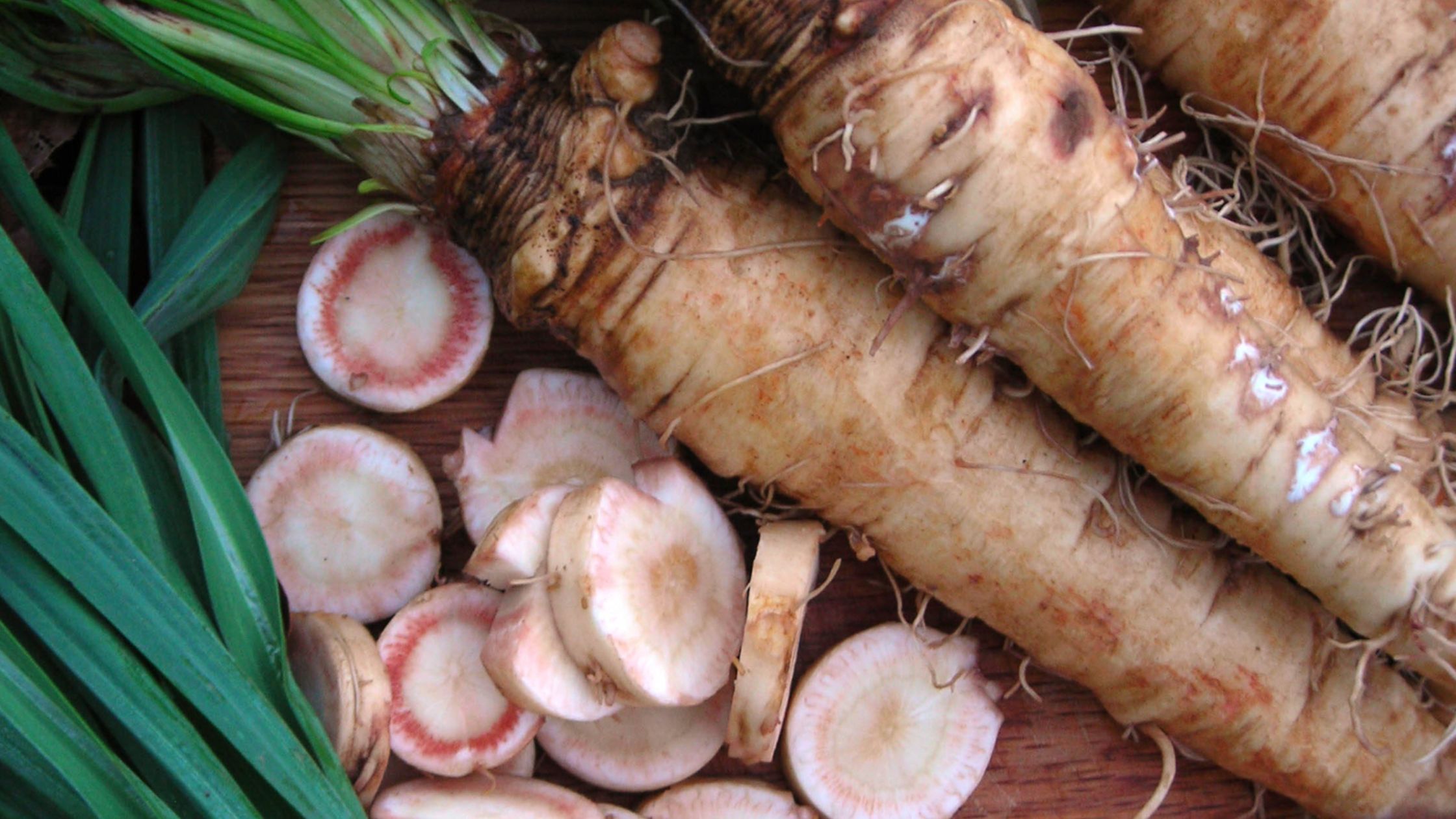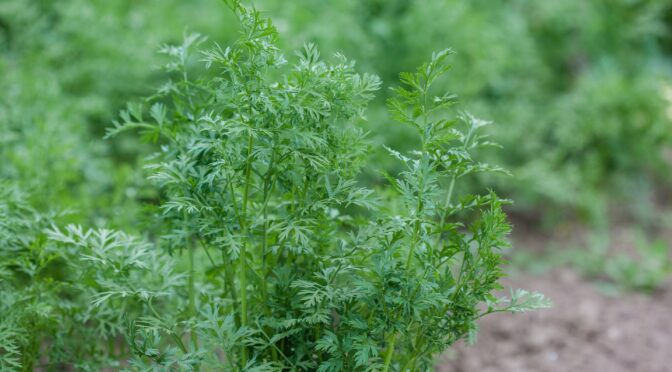Root crops are a valuable part of the fall garden. They thrive in cool autumn weather and provide fresh vegetables when there’s no tomato or cucumber in sight. Although many are easy to grow vegetables, root crops can have issues like any other crop. Here are a few tips to help you succeed with root crops this fall or next spring.
Tips for All Root Crops
There’s an incredible variety of root crops, but there are still some tips that will help you have success with all of them. Whether you’re growing carrots, radishes, or rutabagas, try to follow these recommendations for the best results.
Improve your soil.
As root crops grow underground, they perform best in areas with loose, friable soil. While there certainly are some varieties, like Chatenay Red Core Carrots, that handle heavy clay soils better than others, improving your soil as much as possible will make a big difference.
Use a garden fork or broad fork to lift and loosen the soil each time you plant. You should also add a couple of inches of finished compost, and if you have heavy clay soil, it’s advisable to work in some leaf mold or peat moss.
Keep the soil moist during germination.
Root crops seeds will germinate much better when the soil is consistently moist. Use a watering can or hose attachment with a fine spray to prevent disturbing tiny seeds.
Thin crops as needed.
It may seem like a waste, but root crops generally perform much better when they’ve got room to grow. Avoid ending up with just the tops because you were too sentimental to pull the extras.
Tips for Specific Root Crops
Root crops all have specific requirements. Here’s a tip or two for each type.
Use cardboard or boards for germinating carrots.
Carrots germinate best in cool, moist soil. If it’s still hot and you’re sowing carrots for fall, try using the board or cardboard trick. After planting, water in your rows and cover them with boards or cardboard. Check the carrots each day and immediately remove the boards when they begin to sprout.
Spread wood ashes or lime before sowing beets.
Beets grow best when the soil pH is between 6.5 to 7.0. Add lime or wood ashes to your bed before planting for the best harvest.
Add radish seeds to lines of parsnips.
Parsnip seeds may take 2 to 3 weeks to germinate. To prevent soil crusting and mark the location, add a few radish seeds, which germinate quickly.
Use diatomaceous earth on your turnips.
Flea beetles and aphids can be an issue with turnip crops. If you’re noticing either of these pests, try dusting the row with diatomaceous earth (DE), an organic pesticide made from the fossilized remains of tiny aquatic organisms called diatoms.
Thin rutabagas within a month.
While some root crops will tolerate minor crowding when young, rutabagas won’t. Thin your rutabagas within a month of sowing, or they won’t bulb properly.
Avoid planting fall radishes in the spring.
Not all radishes are the same. There are spring (salad) radishes like Cherry Belles and Easter Eggs and fall radishes like Black Spanish and Misato Rose. Don’t plant fall radishes in the spring because they’re day-length sensitive.
Harvest salsify and parsnips after a frost.
Both salsify and parsnips will do just fine with a bit of frost and can be kept in the ground through winter in many areas. Both of these roots will have better flavor after the frost, so it’s best to harvest late.
Using these tips can help improve the yield of your root crops. Use these when planting your fall garden, or keep them in mind next spring.

